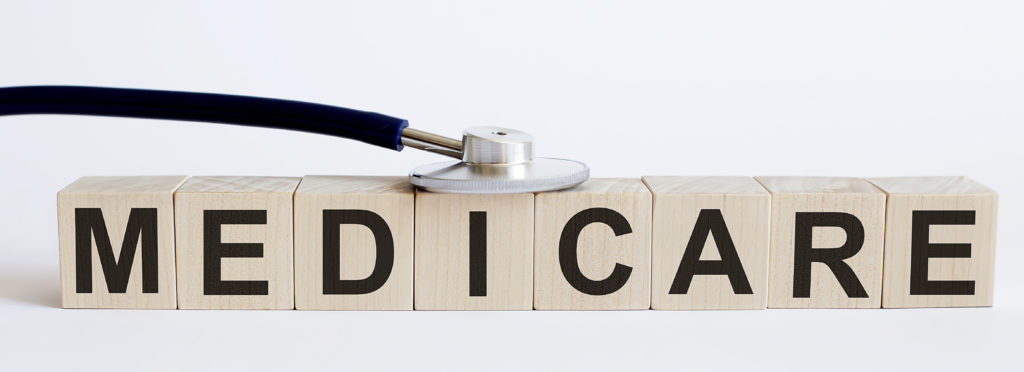Medicare 101: The Basics
Regardless of your Federal Employees’ Health Benefits (FEHB) or Medicare plans, it is important to understand the basics of Medicare. This is not an exhaustive report on how Medicare works. Instead we aim to provide the basic information that Medicare beneficiaries should know and understand.
Parts of Medicare
Medicare contains three main parts. Original Medicare, which includes Medicare Part A and Part B, is available to people over 65 or those who have been receiving Social Security Disability payments for 24 months. If you are collecting Social Security, you will automatically receive your Medicare card prior to your first month of eligibility. If you are not receiving Social Security and/or retiring after you turn 65, there may be additional steps you need to take to enroll in Medicare. If you need assistance, contact a United Benefits Medicare Specialist who can assist you through this process.
Part D is the third part of Medicare. It provides prescription drug coverage. This is not automatically provided by the government, so it is important that you work with a Medicare Specialist to find the best plan for you and your prescription drug needs.
Let’s look at each of these parts in more depth.
Part A – Hospital Coverage
Medicare Part A covers inpatient hospital care and skilled nursing benefits. Most people will have a $0 premium for Part A coverage. Those with fewer than 40 quarters of work credits will pay a Part A premium of up to $499 per month. For 2022, there is a hospital deductible of $1,556 per Medicare benefit period.
A Medicare benefit period is any time that a Medicare beneficiary goes 60 days without care. In 2022, hospital daily copayments are $0 for days 1-60. $389 per day for days 61-90, and $778 per day for days 91-150. Skilled nursing copayments are $0 for days 1-20 and $194.50 per day for days 21-100.
Part B – Medical Coverage
Medicare Part B covers all outpatient medical coverage, including outpatient hospital stays, emergency room care, urgent care, doctor visits, outpatient surgery, lab work, radiology services, durable medical equipment, and chemotherapy and radiation.
In 2022, most people will pay $170.10 per month for Part B premiums. Some Medicare beneficiaries my be charged more if they have higher income. For Medicare beneficiaries, there is a medical deductible of $233 per year and coinsurance of 20% with no maximum out of pocket amount for the beneficiary.
Part D – Prescription Drug Coverage
All Medicare beneficiaries are required to have a Part D prescription plan, even if you do not currently take medication. If you have a FEHB (Federal Employee Health Benefits) plan that includes prescription drug coverage, you can use it to fulfill the Part D requirement. Prescription drug plans vary by geographic area, however, it must meet all Medicare standards.
What to do next?
If you are a federal employee or retiree, you can learn more about coordinating your FEHB benefits with Medicare. United Benefits Medicare Specialists can always help you explore your options. Get in touch by filling out the form below.

